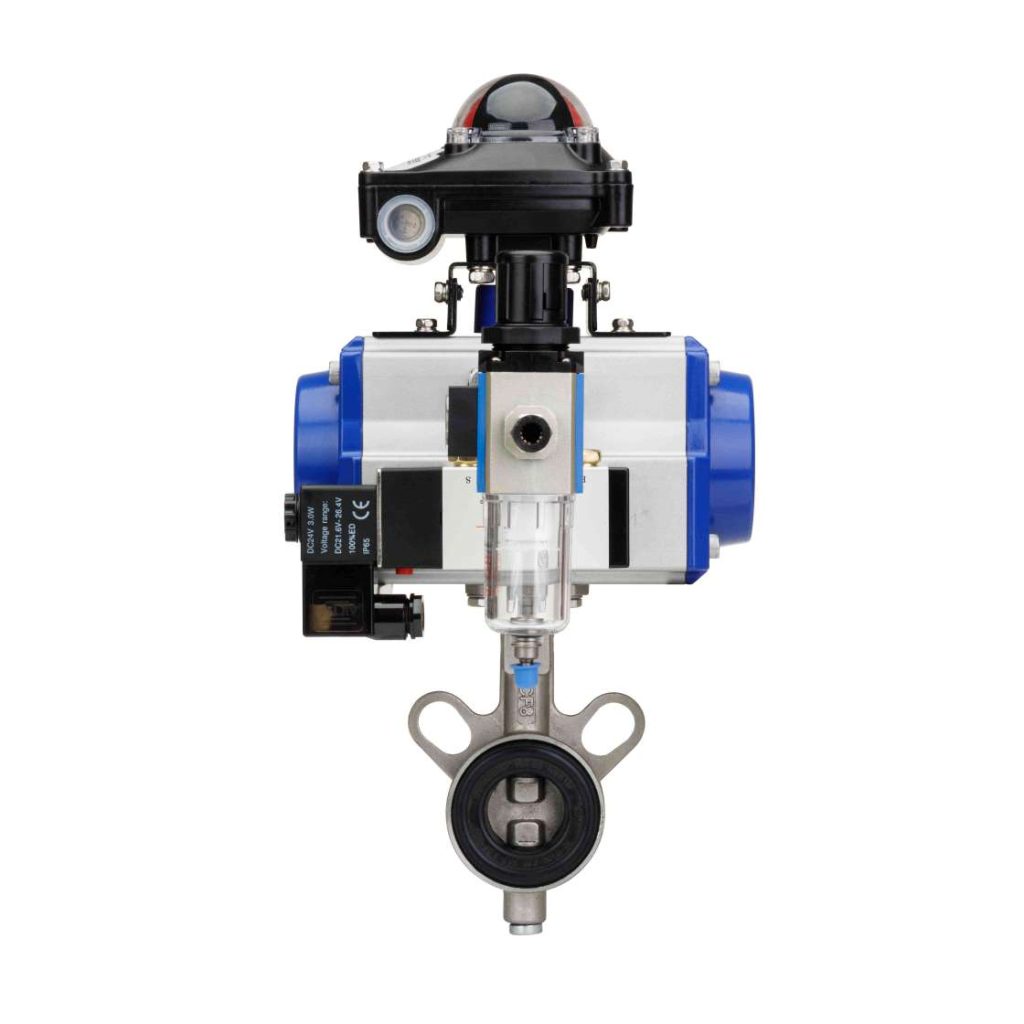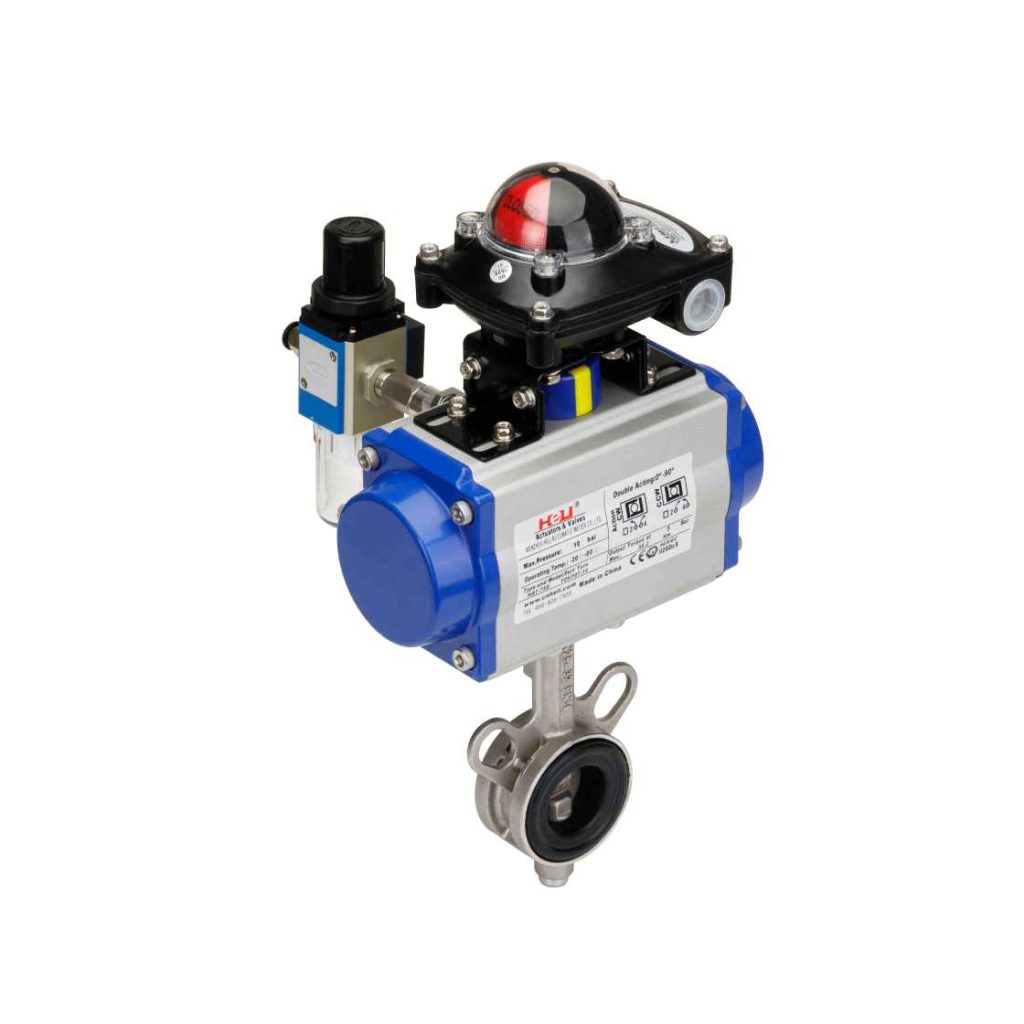In the world of industrial fluid control, precision and reliability are key factors when selecting the right equipment. One such vital component is the pneumatic butterfly valve, which plays an essential role in managing the flow of liquids and gases across various industries, including oil and gas, water treatment, and HVAC systems. This article will explore the importance of pneumatic butterfly valves, the benefits of sourcing them from an OEM (Original Equipment Manufacturer), and how these valves contribute to optimized performance in fluid control systems.

Understanding Pneumatic Butterfly Valves

A pneumatic butterfly valve is a type of quarter-turn valve commonly used to regulate the flow of fluids or gases. The valve consists of a disc that rotates on a shaft to control the passage of materials. When actuated by air pressure, the valve’s disc rotates to open or close the flow path, allowing for easy and efficient flow control. These valves are especially suited for applications where quick and precise flow control is essential, such as in large pipelines, chemical processing plants, and water treatment facilities. The design of a pneumatic butterfly valve typically consists of three main components: the valve body, the actuator (usually a pneumatic cylinder), and the valve disc. The actuator uses compressed air to rotate the disc, adjusting the flow of fluid or gas. The compact design of butterfly valves allows them to be more cost-effective and space-efficient compared to other types of valves like ball or gate valves.
